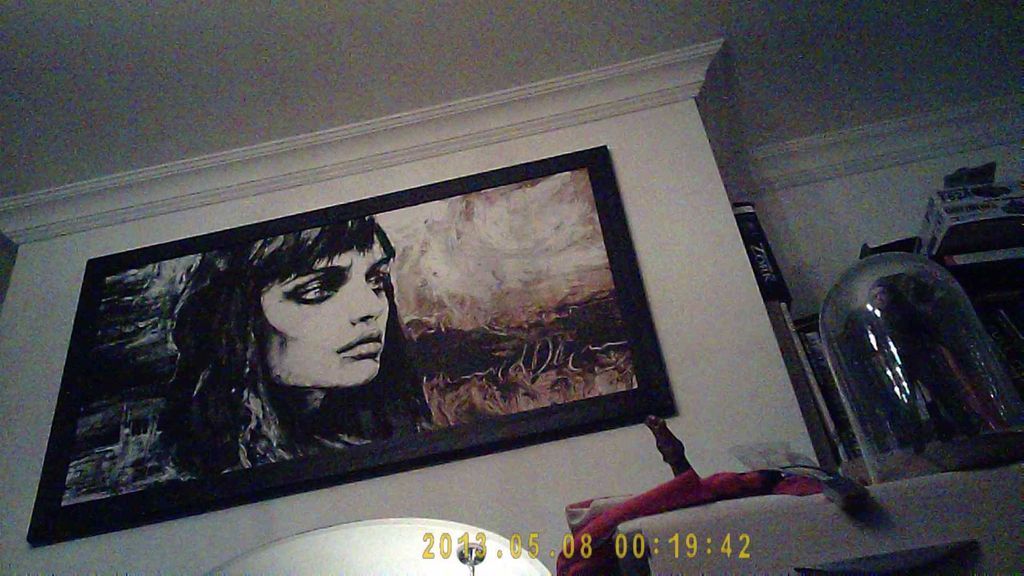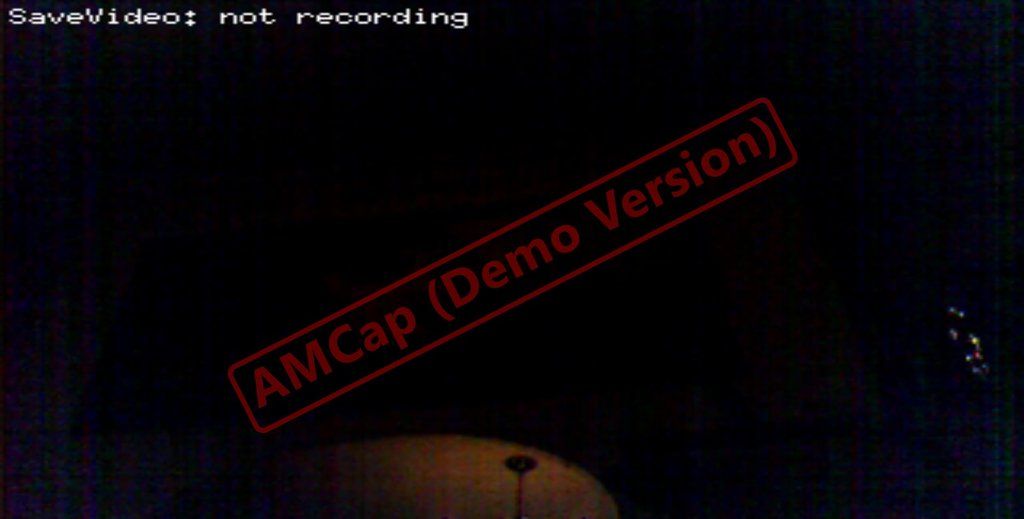I am seeing quite a lot of noise (due to high gain?) in the video and the camera image is quite dark.
I also have quite poor white balance. (white looks yellow).
Compared to a 12M pixel 'spy' camera dvr from ebay (similar tiny camera module) the Jevois camera is very poor in moderate light conditions.
Very cheap 12Mpixel mini spy camera:

And the JeVois:

You can just barely make out the picture frame.
And you can see a lot noise in the image.
The yellow cast is also present.
Are there adjustments I need to make?